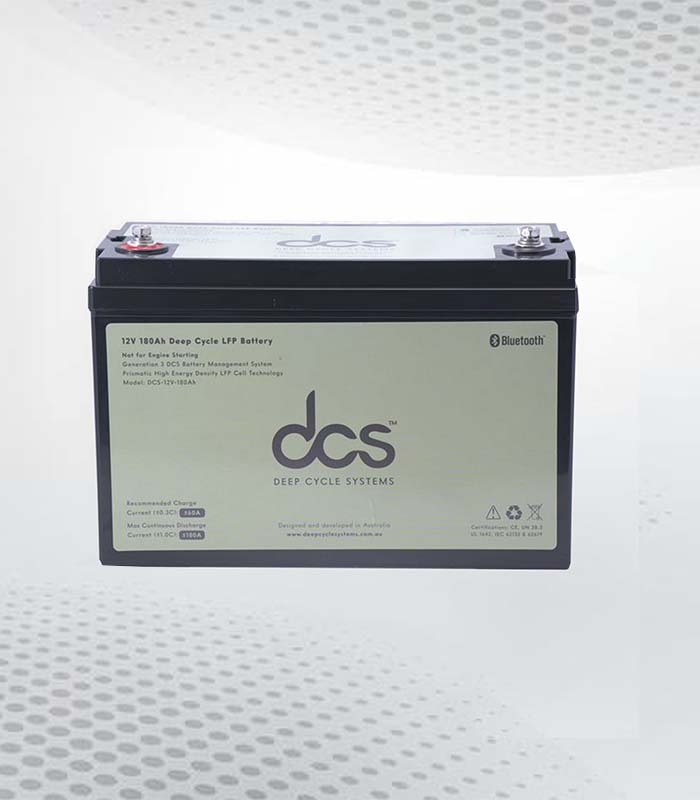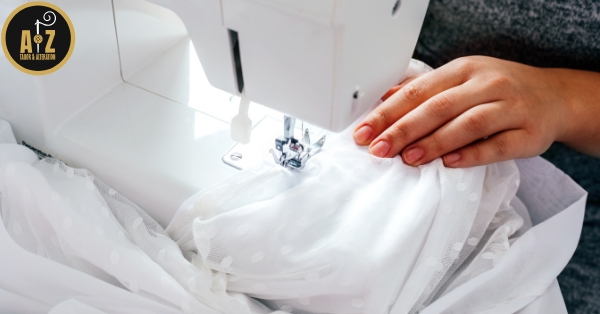When powering up your devices and systems, a 12V 180A setup offers impressive capabilities. Whether you’re using it for RVs, boats, or off-grid applications, this powerful electrical system can enhance your experience significantly. However, great power comes with great responsibility—especially when it involves handling high currents that can pose safety risks if not managed properly. Understanding the intricacies of electrical safety is crucial for anyone working with these systems. From installation to maintenance and emergency response procedures, knowing how to keep yourself and your equipment safe cannot be overstated.
Understanding Electrical Safety Measures
Understanding electrical safety measures is paramount when working with 12v systems. These systems can pose significant hazards if not handled properly. First, it’s essential to familiarize yourself with the basics of electricity. Knowing how current flows and recognizing potential risks can help prevent accidents. Always use protective gear such as gloves and goggles when handling batteries or components. This simple step can shield you from harmful substances and electrical shocks.
Additionally, ensure your workspace is clean and organized. Clutter increases the risk of accidental short circuits or falls. Label all wires clearly to avoid confusion during installation or maintenance. Clear identification helps prevent mistakes that could lead to dangerous situations. Never bypass safety features on equipment. They exist for a reason—adhering to them will significantly reduce your risk while ensuring the optimal performance of your system.
Tips for Installing and Maintaining a 12V System
When installing a 12V system, start by selecting the right location.
1. Choose the Right Location
The first step in installing a 12V system is selecting the right location for your battery and components. The ideal location should be well-ventilated, easily accessible, away from sources of heat or moisture, and close to the devices you will be powering.
2. Plan Your Wiring
Before you start wiring, it’s important to plan out the layout of your system. This includes deciding the best route for your wires, where to place fuses and switches, and how to connect all your components.
3. Use High-Quality Components
When setting up your 12V system, invest in high-quality batteries, wires, fuses, and connectors. This will ensure that it runs efficiently and lasts longer.
4. Follow Proper Safety Measures
Always turn off the power supply before working on your 12V system. Wear gloves and safety glasses when handling batteries or working with electrical connections.
5. Secure Wires Properly
Ensure all wires are properly secured using wire ties or clips to prevent them from getting damaged or causing a short circuit.
Common Risks Associated with These Systems
When working with 12v systems, several risks can arise. One primary concern is electrical shock. High currents can cause severe injuries or even electrocution if proper precautions aren’t followed. Another risk involves overheating. Poor connections or faulty components can lead to excessive heat, which poses a fire hazard. It’s crucial to ensure all connections are secure and rated for the current they will carry.
Battery leaks also present a danger in these systems. Acid spills from lead-acid batteries can harm health and equipment if not managed properly. Incorrect charging methods might damage batteries or create explosives due to gas buildup. Awareness of these risks helps foster safer environments when using high-capacity power systems like the 12v setups.
Necessary Safety Precautions for Working with 12 V 180 Ah Systems
When working with 12 V 180 Ah systems, safety should always come first. Start by wearing appropriate personal protective equipment (PPE). This includes gloves and goggles to protect against accidental spills or electric shocks. Always ensure that the work area is dry and well-ventilated. Moisture can create dangerous conditions, while proper airflow helps dissipate any gases released from batteries. Disconnecting the battery terminals before beginning any work on the system is crucial. This prevents short circuits and reduces the risk of electrical shock.
Label all cables clearly to avoid confusion during installation or maintenance. Colour-coded designs can help identify positive and negative connections easily. Using insulated tools will further minimize risks when handling components in a live circuit. Pay attention to these precautions; they serve as your first defence against potential hazards inherent in high-capacity electrical systems like this one.
Importance of Regular Inspections and Maintenance Checks
Regular inspections and maintenance checks are vital for the longevity of 12v systems. These systems power critical applications, from RVs to solar setups, making their reliability crucial. Frequent assessments help identify potential issues before they escalate. A loose connection or frayed wire can lead to significant problems. Catching these early saves time and money.
Additionally, routine check-ups ensure that all components function at peak efficiency. This enhances performance and improves safety by minimizing risks associated with electrical failures. Pay attention to battery health during inspections. Batteries lose capacity over time; monitoring their condition helps maintain optimal output levels. Establish a regular schedule for your system’s maintenance checks. Consistency is key in preventing unexpected breakdowns and ensuring peace of mind when operating your system under various conditions.
How to Safely Charge Batteries in 12V Systems
Charging batteries in a 12V system requires attention and care. Begin by selecting the charger that is the right one for your battery type. Check for features like automatic shut-off to prevent overcharging. Before connecting, ensure that both the charger and battery terminals are clean. Dirt or corrosion can hinder performance and create safety hazards. Use insulated gloves while handling cables to protect against accidental shocks.
Always charge batteries in a well-ventilated area to avoid gas buildup, which can be explosive. Monitor the charging process closely—never leave it unattended for long periods. Once charged, disconnect cables starting from the negative terminal first. This helps mitigate any risk of short circuits. Store chargers properly when not in use, keeping them away from moisture and extreme temperatures to prolong their lifespan.
Regular Maintenance Checks for 180A Systems
Regular maintenance checks for 180A systems are crucial to ensure optimal performance and safety. These high-current setups can experience wear and tear over time, making inspections essential. Start by visually examining connections for any signs of corrosion or damage. Loose terminals can lead to poor conductivity. Tighten them if necessary, but be cautious not to overtighten, which could cause fractures. Next, check the battery condition. Look for swelling, leaks, or discolouration in batteries that may indicate internal issues. Testing voltage levels regularly helps identify potential problems before they escalate.
Remember fuses and circuit breakers. These components should function properly to protect your system from overloads. Replace blown fuses immediately with the correct ratings. Document your findings during each inspection. Keeping a record will help track changes over time and make future diagnostics easier.
Insulating and Protecting Cables in 180A Systems
Proper insulation and protection of cables in 180A systems are crucial for safety and efficiency. High amperage increases the risk of overheating, making it essential to choose suitable materials. Use heat-resistant insulation designed to handle high temperatures. This reduces the chance of melting or damage over time. Opt for quality cable sheathing that can withstand abrasion and environmental factors. Securing cables with protective conduit adds an extra layer against physical damage. It prevents wear from movement or contact with sharp edges.
Remember to secure connections as well; loose connections can generate heat, leading to potential failures or hazards. Regularly check these points for signs of wear or corrosion. Consider colour-coding your cables for easier identification during maintenance work. Clear labelling enhances safety by minimizing confusion around power sources and capacities.
Safe Disposal of 12V System Components
Disposing of 12V system components requires careful consideration. Batteries, especially lead-acid types, contain hazardous materials that can harm the environment if improperly handled. Start by checking local regulations regarding battery disposal. Many communities have designated drop-off locations or recycling programs specifically for batteries. This ensures they are processed safely. For other electronic components like chargers and cables, look for e-waste collection sites. These facilities specialize in recycling electronics responsibly.
Always store old parts securely until you’re ready to dispose of them. Avoid exposing them outdoors, as they can leak harmful substances into the soil. Educate yourself about safe disposal practices and share this knowledge with others using or maintaining these systems. It fosters a responsible community approach toward handling potentially dangerous materials while protecting our environment.
Monitoring and Alarm Systems for 12V System Safety
Monitoring and alarm systems play a crucial role in ensuring the safety of 12V systems. These technologies continually track voltage levels, current flow, and temperature variations. When something goes awry, they alert users immediately. Integrating these systems can prevent potential hazards before they escalate. For instance, if a battery overheats or shows signs of overcharging, an alarm triggers an alert to take action promptly. This proactive approach minimizes risks associated with electrical failures.
Additionally, advanced monitoring setups often come with mobile app connectivity. Users can receive real-time updates right on their smartphones. This feature enhances convenience while informing you about your system’s status when you’re away. Investing in quality monitoring solutions also improves peace of mind. Knowing that your 12V system is under constant surveillance allows for more relaxed operation and usage—at home or on the road.
Handling Acid Spills and Leaks in Battery 12 Volt 180 Ah
When dealing with a Battery 12 Volt 180 Ah spill, quick action is crucial. First, wear proper protective gear—gloves and goggles to shield yourself from corrosive substances. Isolate the area immediately to prevent anyone else from coming into contact with spilled acid. Ventilation is key; open windows or doors to allow fresh air while minimizing exposure.
Use absorbent materials like baking soda or sand to neutralize the acid. Sprinkle it over the affected area generously until bubbling ceases. Once neutralized, carefully collect the residue using a plastic scoop. Dispose of all contaminated materials according to local regulations, ensuring no hazardous waste enters landfills improperly. If there’s any uncertainty about handling spills safely, don’t hesitate to reach out for professional assistance—better safe than sorry about chemical hazards!
Conclusion
Safety is paramount when dealing with 12V 180A systems. Proper precautions can prevent accidents and ensure longevity for your equipment. Regular inspections play a critical role in identifying potential risks. Monitor connections, cables, and battery health to avoid unexpected failures. Awareness of proper handling techniques cannot be overstated. Educating yourself about the specific needs of your system will pay off over time. Incorporate safety measures into every aspect of installation and maintenance. This proactive approach fosters a safer environment for everyone involved.
FAQ’s
What should I do if my 12v 180a battery shows signs of swelling?
If a 12v 180a battery appears swollen, it could indicate overcharging or internal damage. Disconnect it immediately from any power source and consult a professional.
Can I replace components on my own?
While DIY repairs are tempting, seeking expert help for replacements is advisable. This ensures compatibility and reduces risks associated with incorrect installations.
Is it necessary to wear personal protective equipment (PPE)?
Absolutely! Wearing gloves, goggles, and other PPE can protect you from potential hazards when working with batteries or high currents.
How often should I perform maintenance checks?
Regular inspections every three months are recommended, but this may vary based on usage conditions. Always check manufacturer guidelines as well.



